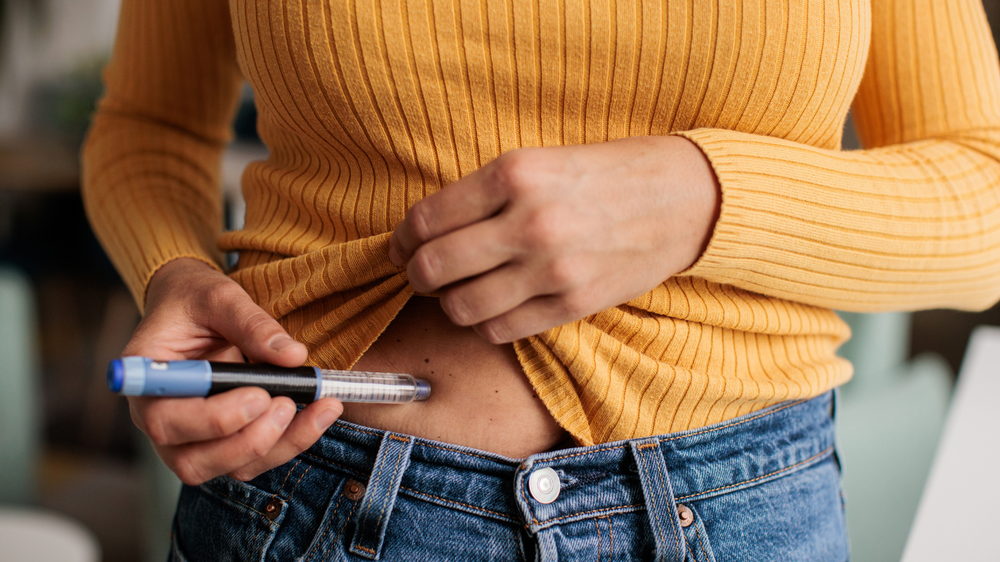In this article:
What is a Home Insemination Kit?
A home insemination kit is a medical kit enabling sperm introduction into the reproductive tract without intercourse. It is often used by:- Individuals or couples facing difficulties with timing or physical intimacy
- Same-sex couples
- Single parents-by-choice
- People who prefer conception without medical procedures
What Does a Home Insemination Kit Contain?
While the exact contents can vary, most home insemination kits include:- Sterile syringes (without needles): Used to transfer sperm safely.
- Collection containers: For collecting and storing the sperm sample temporarily.
- Ovulation tracking tools: Such as ovulation strips to determine the fertile window.
- Disposable gloves: For hygiene during the process.
- Instructions Manual: Step-by-Step Guidance for Safe Use.
How Does Home Insemination Work?
Home insemination relies on timing and hygiene: collect the sperm and place it near the cervix during ovulation.Here’s how it typically works:
Track the Ovulation Window:
- Use ovulation kits or monitor changes in cervical mucus.
- The most fertile time is usually two days before ovulation and the day of ovulation.
- Choose a clean, calm, and private space.
- Wash your hands and use disposable gloves for hygiene.
- The sample can be obtained from a partner or a sperm donor, depending on the situation.
- Collect the sample in a sterile container and use it within 30–60 minutes for best results.
- Draw the semen gently into the syringe without creating air bubbles.
- Avoid shaking or heating the sample, as this may damage the sperm.
- Lie down comfortably with your hips slightly elevated.
- Insert the syringe slowly into the vaginal canal, close to the cervix.
- Gently push the plunger to release the semen.
- Remain lying down for 15–30 minutes to help the sperm travel upwards naturally.
Benefits of Home Insemination Kits
Home insemination provides several advantages beyond privacy:- Affordability: Considerably cheaper than clinical insemination methods like IUI or IVF.
- Accessibility: Especially beneficial for individuals or couples living far from fertility centres.
- Autonomy: Provides full control over timing and procedure.
- Less Stress: Reduces the pressure often associated with hospital visits or fertility treatments.
Important Safety and Hygiene Considerations
The process is simple, but safety and cleanliness are critical.- Always use sterile and sealed equipment.
- Avoid using expired kits or reusing tools.
- Never use household items or non-sterile containers for sperm collection.
- If using donor sperm, ensure it comes from a tested and reliable source.
- Seek medical advice if there are pre-existing reproductive health conditions.
Factors That Influence Success
Success depends on various factors, including timing, sperm quality, age, reproductive health, and lifestyle.- Sperm Quality: Higher motility and count improve chances.
- Age: Fertility tends to decline after the age of 35.
- Reproductive Health: Any blockages, hormonal issues, or infections can affect results.
- Lifestyle: Balanced diet, hydration, and reduced stress improve fertility outcomes.
Home Insemination in the Indian Context
In India, awareness of home insemination is growing, especially among urban individuals and couples who value privacy or lack easy access to fertility clinics.However, it’s important to understand that:
- Home insemination kits are not a substitute for medical advice.
- They are most suitable for people with no major fertility issues.
- Ethical considerations are crucial when using donor sperm, and obtaining legal consent is essential if a donor is involved.
Myths Around Home Insemination
Myth 1: Home insemination guarantees pregnancy.Truth: Like any natural method, there’s no guarantee. Multiple attempts may be needed.
Myth 2: It’s unsafe.
Truth: When done correctly with sterile equipment, it is generally safe.
Myth 3: It’s only for specific groups.
Truth: It’s open to anyone who wishes to conceive naturally at home.
Dispelling such myths helps normalise open conversations about alternative conception methods.
Final Thoughts
Home insemination kits are a private, empowering way to try to conceive. With good hygiene, timing, and patience, they can help people start a family at home.Approach home insemination with awareness. Everybody is unique—some succeed quickly, others need medical help or advanced treatments. Home insemination is not a replacement for clinical care but is a personal and dignified way to begin the journey.
Whether you’re trying to conceive or navigating IVF, you’re not alone. Join our supportive communities to connect, share, and find strength with others on the same journey.
FAQs on Everything You Need to Know About Home Insemination Kits: Process, Safety, and Tips
- Can home insemination kits be reused?
No. Each kit is designed for single use to ensure hygiene and safety. Reusing any part increases the risk of infection and contamination. - How many attempts does it usually take to conceive using home insemination?
It varies from person to person. On average, conception may take anywhere from one to six cycles, depending on factors such as timing, sperm quality, and overall fertility health. - Can home insemination kits be used alongside fertility tracking apps or supplements?
Yes. Many people combine ovulation apps, fertility supplements, and balanced nutrition with home insemination for better results. However, consulting a medical professional before using supplements is advised.










